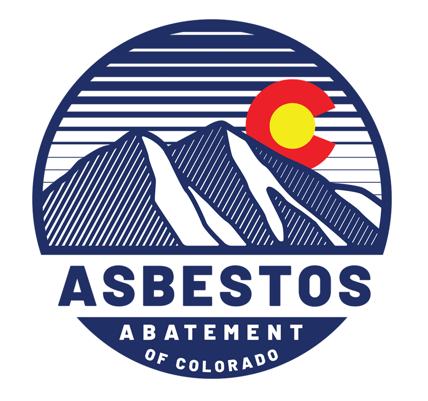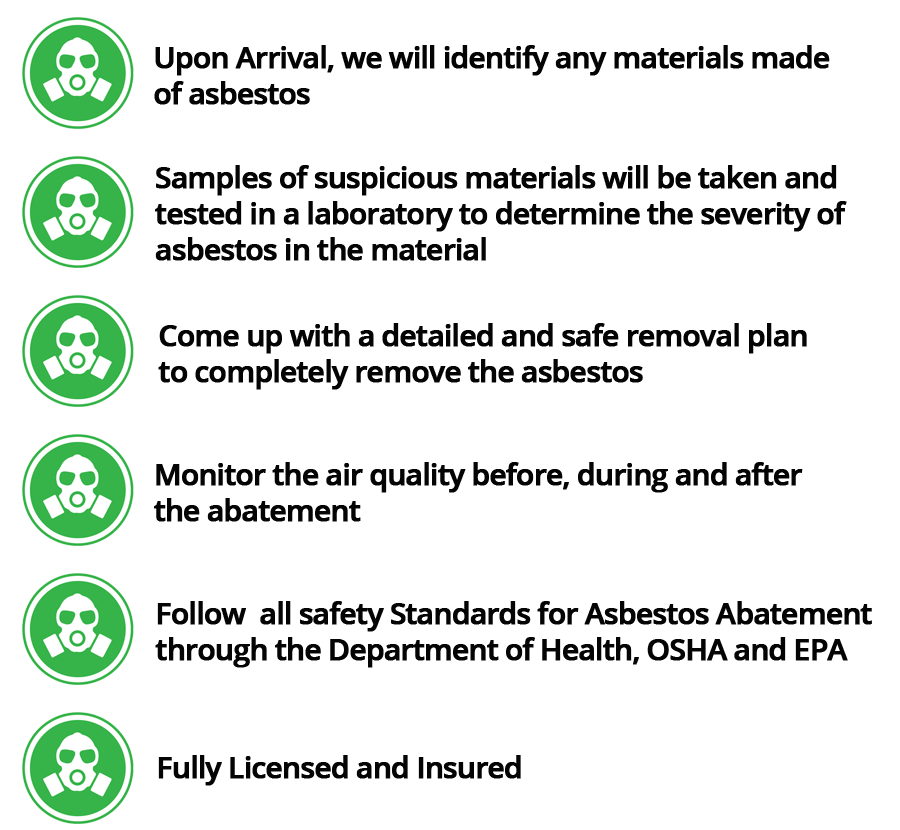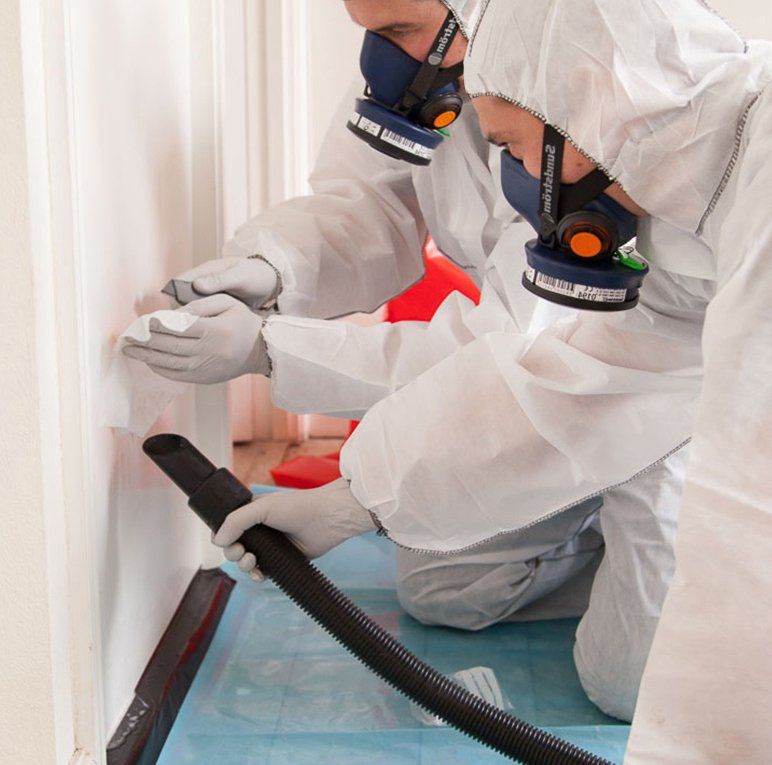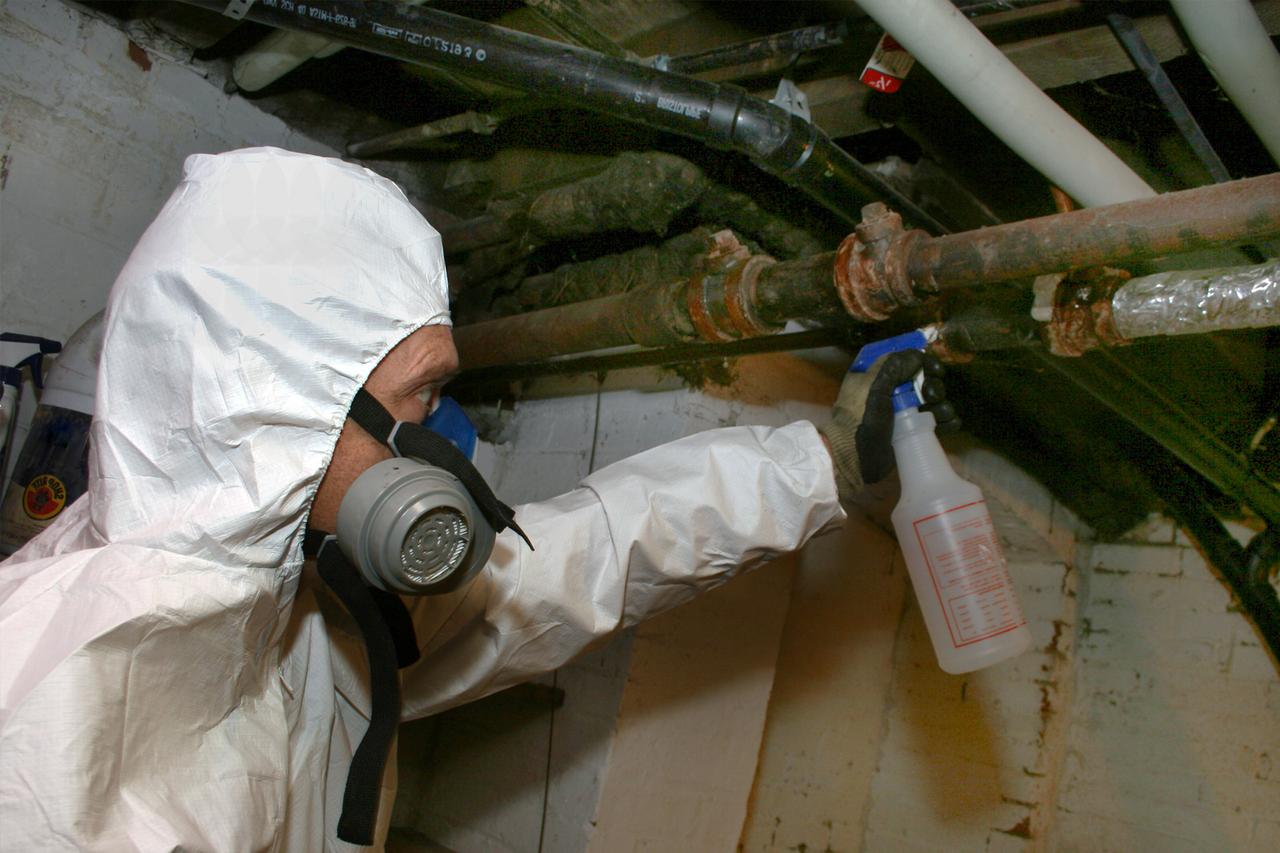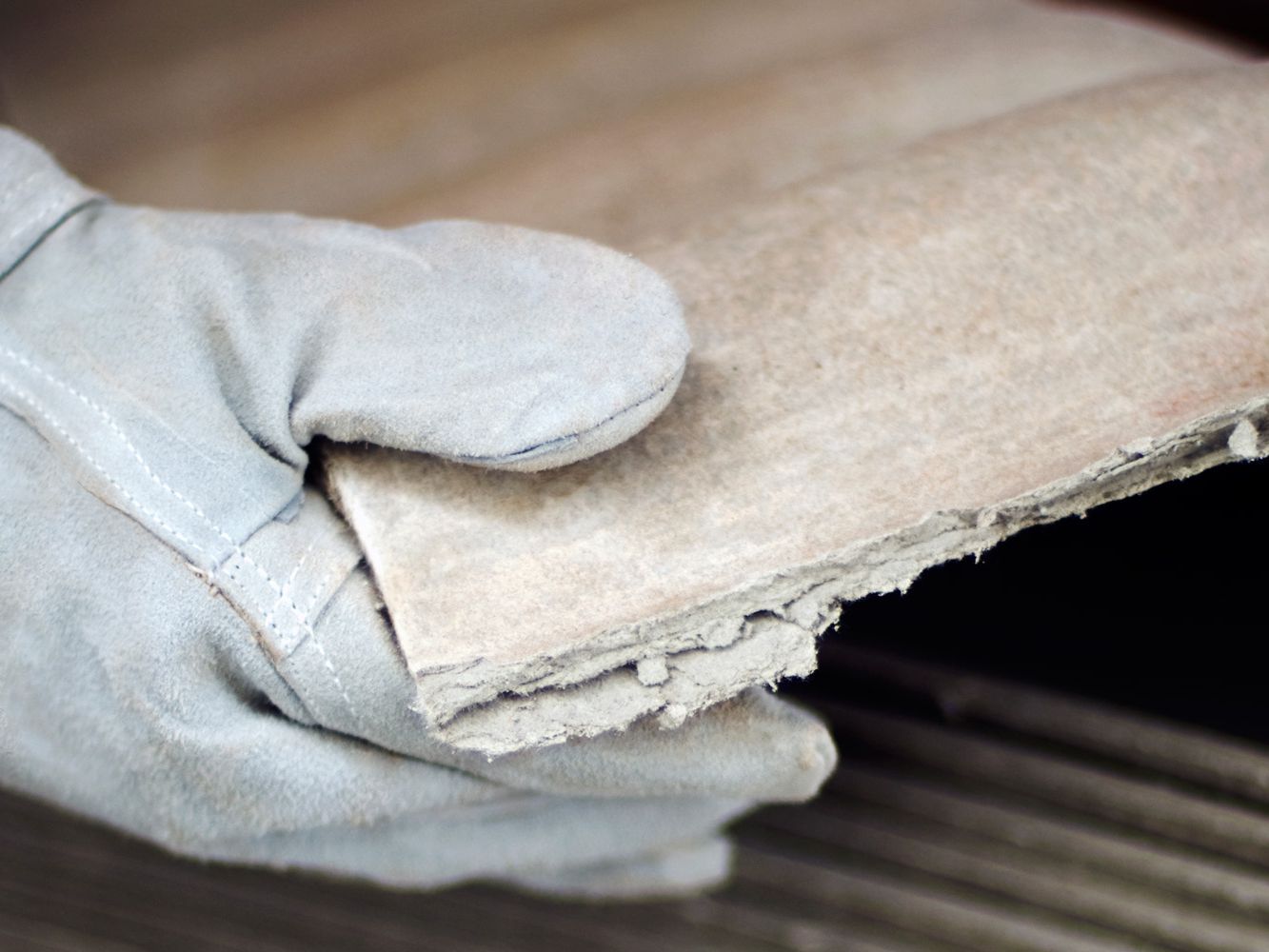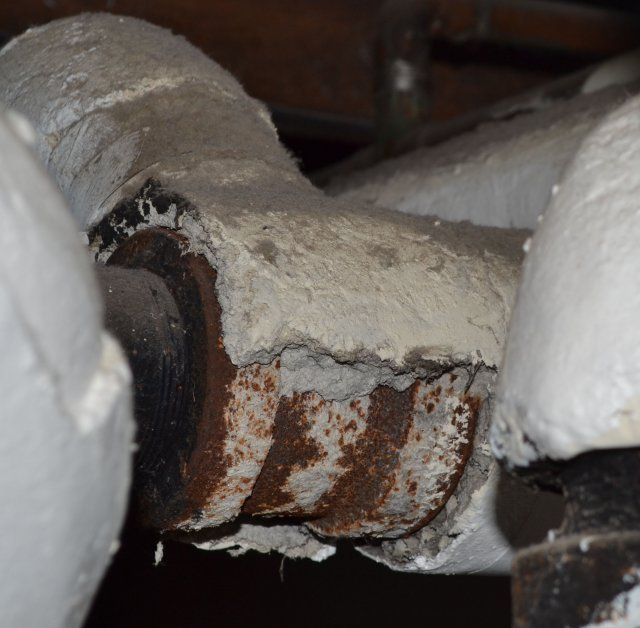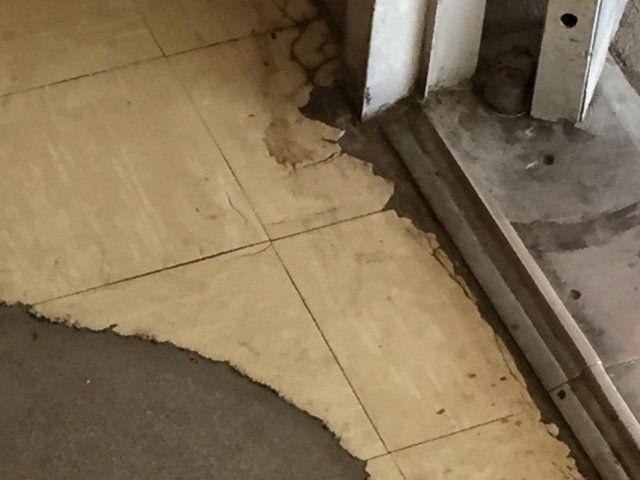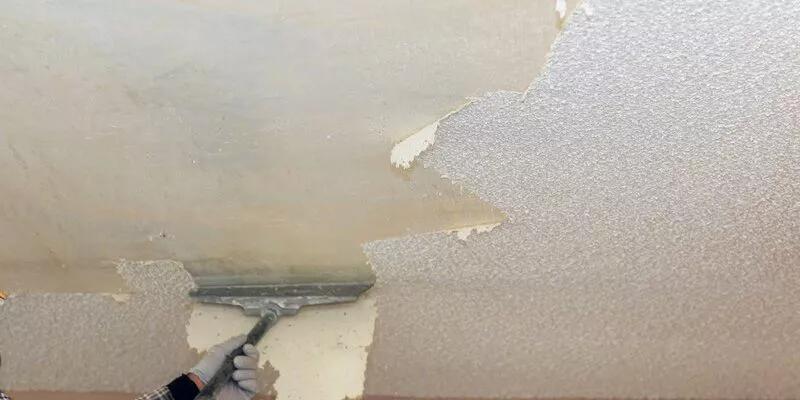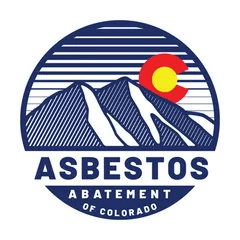
719-356-4268
Asbestos Removal in Colorado
Asbestos Removal In Colorado
Where is asbestos found in my home?
In the past, asbestos found extensive utilization in various building construction materials and automotive products. Its incorporation was driven by its ability to enhance strength, ensure stability, resist corrosion, elevate heat and chemical resistance, and offer effective acoustical insulation.
Asbestos can be found in several areas, such as:
- Flooring
- Insulation
- Electrical Equipment
- Interior Surfaces
- Appliances
- Piping
- Heaters
- Boilers
- Automobiles
- Exterior Surfaces
Asbestos Roofing Removal
Asbestos Roofing Extraction
In the past, asbestos was a widely used component in roofing and siding materials for buildings and homes from the 1930s until its eventual ban in the 1970s.
The appeal of asbestos siding lay in its remarkable fire-resistant properties. Given that asbestos is a mineral with fibrous characteristics, its incorporation into siding materials not only boosted their durability and strength but also provided a measure of insulation and fireproofing to the structure.
When dealing with asbestos shingles in good condition, left undisturbed, they generally don't present a significant problem. The mere presence of asbestos in a building or home isn't inherently hazardous.
The true danger arises when asbestos materials deteriorate over time, releasing airborne fibers. Materials containing asbestos become hazardous only under such conditions. As long as they're not sawed, drilled, or cut, products like asbestos cement roofing, shingles, and siding are unlikely to release asbestos fibers.
When faced with problematic asbestos material, two main courses of action can be taken: repairs or removal.
Repairs
Repairing asbestos-containing materials often involves either sealing or covering them up.
Encapsulation (sealing) entails treating the material with a sealant that binds asbestos fibers together or coats the material to prevent fiber release. While this approach may work for pipe, furnace, and boiler insulation, it should only be undertaken by a professional trained in asbestos-safe procedures.
Enclosure (covering) involves placing a barrier over or around the asbestos-containing material to prevent fiber release. Exposed insulated piping, for instance, might be wrapped in protective material.
For both major and minor asbestos repairs, it's crucial to engage a professional skilled in proper asbestos handling techniques. Asbestos abatement firms are typically contracted to safely remove and dispose of asbestos materials.
Removal
Removing asbestos carries the highest risk of fiber release and tends to be the most expensive option. Unless dictated by state or local regulations, removal should generally be the last resort. This becomes necessary when significant remodeling or alterations to your home could disturb asbestos materials. In instances where extensive damage has occurred and repair isn't viable, removal may be the only solution.
Due to the complexities involved in asbestos removal, it should only be undertaken by contractors with specialized training. Incorrect removal could escalate health risks for you and your family, particularly in the Colorado region.
Asbestos Pipe Insulation Removal
Asbestos pipe insulation, recognizable as a dusty, white, tubular material, was commonly wrapped around hot water and steam pipes to curtail heat loss. This form of insulation is often discovered in spaces such as basements, crawlspaces, and within walls. It's worth noting that the majority of pipe insulation contains asbestos, and in many cases, this has not been confirmed through testing.
In situations where your pipe insulation is found to contain asbestos, entrusting its removal to a professional asbestos abatement company is crucial. Disturbing the insulation, particularly the asbestos-laden duct tape used to secure it, can lead to the release of asbestos fibers, which when inhaled can contribute to the development of severe illnesses like mesothelioma or lung cancer.
The safe removal of asbestos varies depending on factors such as the type and location of the material and the accessibility for workers to safely manage it. During the removal of asbestos pipe insulation, abatement contractors typically seal off the work area using layers of plastic sheeting, establish a three-stage airlock system, and depressurize the work zone with specialized air handlers.
The asbestos abatement team, equipped with supplied air and protective clothing, enters the isolated work area. They dampen the pipe insulation, carefully remove it, and seal it within double layers of heavy-duty plastic bags. The process involves meticulous attention to minimizing fiber release. To ensure safety, air quality samples are taken from various points, both inside and outside the work area, and sent to a laboratory for comprehensive testing. Only when these air samples meet the requisite standards will the abatement workers proceed to remove the plastic sheeting from the site.
Asbestos Floor Tile Removal
Before its ban in the 1980s due to significant health risks, asbestos held a prevalent role in construction materials, valued for its resilience and heat-resistant properties. This fibrous silicate mineral was a common component in various products, including floor tiles. Despite the ban, not all asbestos-containing materials were promptly removed from homes or store shelves. Consequently, numerous homeowners currently remain unaware that they are residing atop potentially perilous substances, especially prone to risk when disturbed during renovation or removal processes.
If you inhabit an older residence and harbor concerns regarding asbestos-containing floor tiles, continue reading for essential insights. We will delve into the hazards associated with asbestos and provide guidance on identifying its presence, along with actionable steps to ensure the safety of your family.
IDENTIFYING ASBESTOS FLOOR TILES
TThe most effective method to ascertain whether your floor tiles contain asbestos is through professional testing. Alongside testing, certain indicators may suggest the presence of asbestos in your flooring tiles:
- Historical Construction Period:
- Homes constructed before 1980 are more likely to contain asbestos in their floor tiles. If your home's floor tiles were installed between 1920 and 1960, there's a high probability of asbestos content. Tiles installed from 1960 to 1980 possess a lower likelihood of containing asbestos.
- Tile Sizes:
- Floor tiles with dimensions of 9-inch, 12-inch, or 18-inch squares have a substantial chance of containing asbestos. While 9-inch by 9-inch tiles were the most common with asbestos content, the two larger sizes were also prevalent in many homes.
- Unusual Appearance:
- Tiles that appear stained or oily might indicate asbestos presence. Asphalt, a key ingredient in asbestos tiles, can deteriorate over time, leading to a grimy or discolored appearance in certain spots.
- Black Mastic Usage:
- Flooring tiles were often affixed using a product called black mastic or cutback adhesive. This adhesive appears as thick black material beneath tiles when they are removed. Regardless of whether the tiles themselves contain asbestos, this type of adhesive was asphalt-based and is likely to contain asbestos.
Remember, professional testing is the most reliable means of confirming asbestos presence in your floor tiles. If you suspect asbestos, taking the necessary precautions and seeking professional assistance is paramount to ensuring the safety of your household.
Asbestos Ceiling Removal
When discussing the presence of asbestos in ceilings, the focus often turns to the prevalent use of spray-on textures, commonly known as Asbestos Popcorn Ceilings.
During the period spanning the 1950s to the 1980s, builders frequently employed spray-on textured ceilings to conceal imperfections, thereby enhancing the visual appeal of spaces.
This era coincided with a time when asbestos held considerable demand as a building material in the U.S. Unfortunately, the health risks linked to asbestos were not widely recognized at that point.
The monikers associated with these ceilings—“popcorn ceiling,” “cottage-cheese ceiling,” or “stucco ceiling”—refer to the same textured application. Typically, these ceilings contained asbestos in quantities ranging from 1 to 10 percent.
Remarkably, even minimal percentages of asbestos render popcorn ceilings hazardous. Maintaining their undisturbed state is essential. Homeowners must then decide whether to encapsulate or remove them, with removal being a job best entrusted to qualified professionals.
Popcorn ceilings are classified as friable materials, which implies they are easily damaged. Even the slightest disruption releases toxic dust into the air. Inhaling this asbestos-laden dust can lead to severe health conditions like asbestosis, lung cancer, and mesothelioma.
The asbestos percentage is not the primary concern—it's the crumbliness of the material. This principle holds true whether the asbestos content is 1 percent or 10 percent. A completely undisturbed or properly encapsulated popcorn ceiling poses minimal health risks. Ultimately, the safest course of action is professional removal.
By 1978, the Clean Air Act had banned the use of spray-on asbestos products due to their substantial health hazards to workers applying them. However, businesses were allowed to exhaust their existing inventories, resulting in the application of asbestos popcorn ceilings extending well into the 1980s.
Notably, the crumbly nature of popcorn ceilings sets them apart from other common asbestos materials found in older homes. While walking on vinyl asbestos floor tiles carries relatively low risk, brushing even slightly against asbestos popcorn ceilings can release toxic dust, rendering it as perilous as old asbestos pipe insulation.
As textured ceilings start peeling due to age or dampness, homeowners must decide between encapsulation and removal to ensure safety and prevent the release of harmful asbestos fibers.
Asbestos Insulation Removal
Insulation manufacturers often turned to asbestos as an ideal fiber for insulation due to its remarkable qualities: durability against wear and tear, fire resistance, and cost-effectiveness. Remarkably, asbestos continued to be employed in insulation production well into the 1980s. Given that insulation is typically left untouched during remodeling, it's highly plausible that insulation installed during earlier periods still contains asbestos. The presence of asbestos fibers in insulation indeed raises concerns.
In the context of older residences, vermiculite insulation—a naturally occurring mineral compound with shiny, Mica-like flakes—was a prevalent choice, unfortunately, contaminated with asbestos due to its natural occurrence in mines. This form of insulation, known as zonolite, enjoyed widespread use across American homes. The incorporation of asbestos made it an ideal insulation material.
Exposed insulation within attics is a common sight. Most vermiculite insulation manufactured before 1990 contained asbestos-laden vermiculite.
It's worth noting that asbestos fibers present in vermiculite are too minuscule to be visible to the naked eye. Detecting them requires the expertise of a trained technician employing a microscope.
Given the constraints of testing methodologies, even experienced technicians cannot consistently determine the presence of asbestos in all vermiculite samples. Therefore, it's prudent to assume that vermiculite insulation might contain asbestos. Any disruption or removal of such insulation could result in the inhalation of asbestos fibers, potentially spreading them throughout the building.
When dealing with insulation containing asbestos, only a certified asbestos contractor with proper training should undertake its replacement with alternative insulation materials. This approach ensures the safety of both the occupants and the environment.
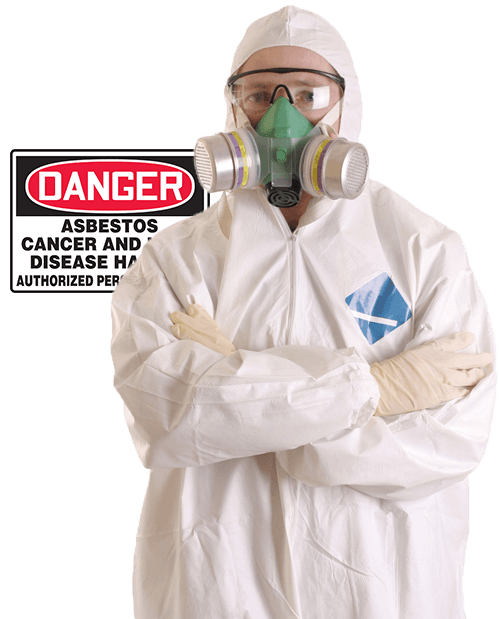
Book a consultation
Have a question? We’re here to help. Send us a message and we’ll get be in touch.
We will get back to you as soon as possible
Please try again later
We Serve all of Colorado
Number One Choice In Colorado
Should concerns arise regarding potential asbestos presence within your residence or commercial establishment, delaying action isn't advisable. Take proactive steps to address the situation. At Asbestos Abatement of Colorado, we extend our specialized Asbestos Removal Services across the entire state. Our team boasts high-level certifications and expertise in this field.
Foremost in our minds is the well-being of you and your loved ones, given the serious health risks associated with asbestos exposure. Our top-notch equipment is a testament to our commitment to safety. We are fully prepared to conduct thorough inspections and skillfully eliminate asbestos from your property. Rest assured, we pledge that the area will be comprehensively cleared of any asbestos hazards, ensuring your safety, before granting access once again. Your health and safety are our utmost priorities.
